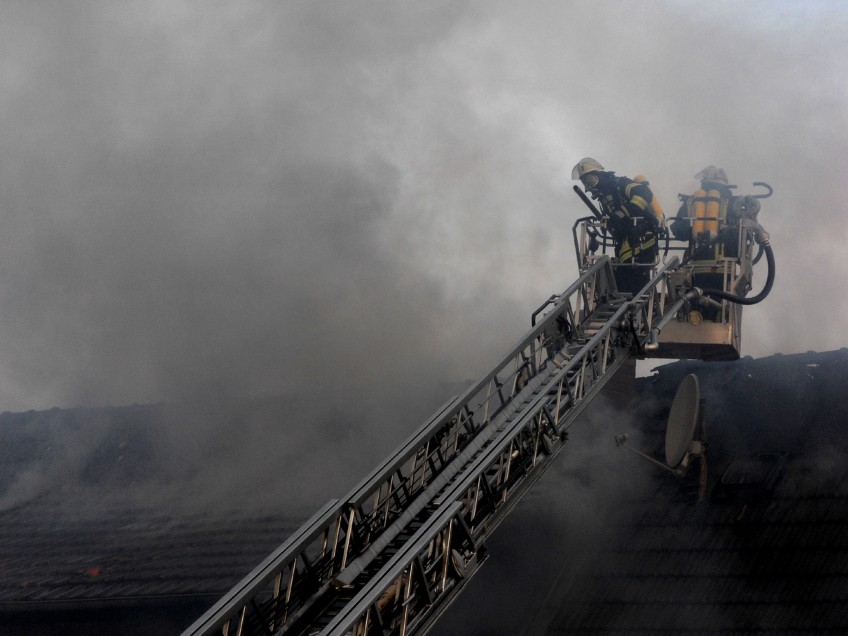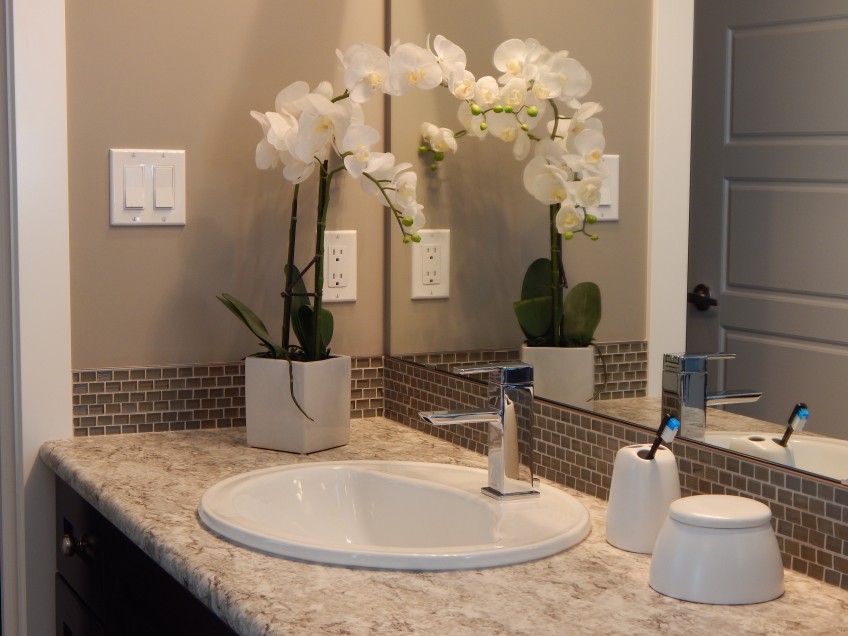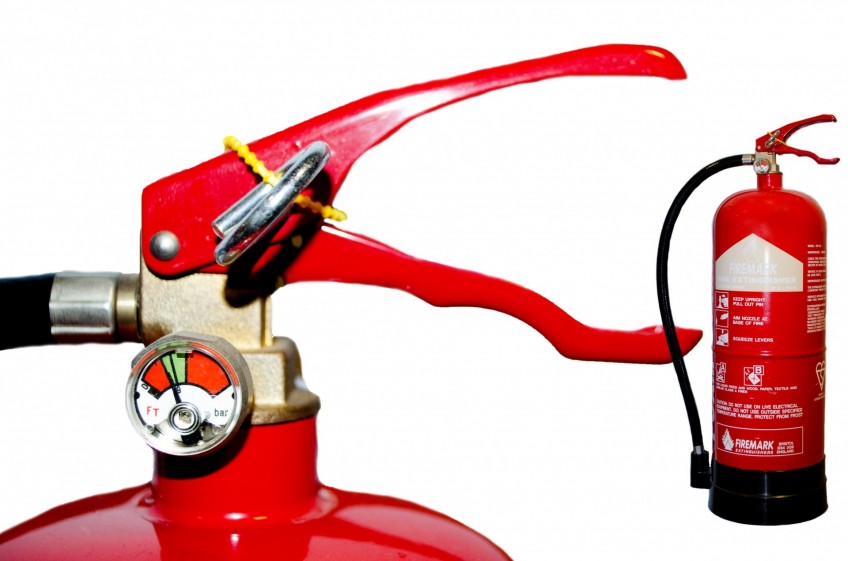Introduction
In the case of a fire, you want a fire extinguisher close by and ready to go. In this task, we’ll talk about selecting the right model for your needs and how to inspect the ones you already have.
Step by step
Fire is one of the biggest threats a homeowner faces. Although advancements in safety equipment and building technologies have decreased fire incidents and impacts significantly over the years, there are still over 365,000 home fires each year. These fires lead to over 2,600 deaths, 11,000 injuries, and $7B in damages1. While other aspects of fire safety such as “Installing Smoke & CO Sensors” are important, having the right fire extinguisher close by and ready to go is critical to putting out the fire if it happens.
We’ll start this tutorial with steps for choosing a fire extinguisher, followed by how to inspect every 6 months, and lastly a refresher on using an extinguisher.
Choosing a Fire Extinguisher
- Types
Home fire extinguishers come in three main classifications, labeled as Type A, B, and C. Types show what kind of fire the extinguisher is rated to handle:
Type A – standard combustibles like wood or paper
Type B – flammable liquids like oil or gas
Type C – electricity fires
Thankfully, many home extinguishers are multi-type and rated to handle all of the above situations. Be sure to look for all three rating types listed when buying an extinguisher. - Sizes
Fire extinguishers sizes are rated in pounds. This denotes the amount of suppressant inside the cylinder, not the actual weight of the entire device as the metal will add a few pounds. Here’s a rough guideline to the appropriate sizes for various applications:
10 pounds
These are larger units and best suited use and best suited to garage and shop use. Bigger isn’t always better as these will be harder to store and handle than one sized for household use. However, if you have something like a brush fire you’ll want the extra capacity of these.
4 pounds
Extinguishers around 4 pounds are perhaps the most common and best suited for typical household use. They are easy to store but pack enough punch for most situations.
2 pounds
These small extinguishers are best suited for car and boat use. Even though we talk primarily about house stuff here, it’d be good for you to get one for each vehicle (boats are mandatory per USCG). - Disposable vs. Rechargeable
Once you choose your type and size, you’ll also need to decide between one time use (disposable) and rechargeable units. Rechargeable units cost more up front but are cheaper to refill the buy a new disposable unit.
You aren’t likely to discharge your extinguishers very often, but part of the maintenance is checking the gauge for pressure. If you purchase a disposable unit and it is running low on pressure, you have to dispose and replace. If it is rechargeable, you can just have it topped of. Therefore, we recommend a rechargeable unit for the larger sizes. - How Many
At a minimum, you should have one 4lb extinguisher for each floor of your house + one 2lb in each vehicle + a 10lb for the garage and/or shop. However, it wouldn’t hurt to buy a 4lb for the Master Bedroom as well. Many house fires occur at night and it’ll be easier to get to one close by rather than have to make your way to the kitchen to pick one up during an emergency. - Mounting Brackets
Extinguishers shouldn’t be hidden away in a cluttered closet or cupboard. They should be easily accessed and clearly marked. Use a dedicated mounting system and put it in a location that is easy to find, such as a clear wall in the laundry room, master bedroom closet, or garage.
In addition to a secure mount, you should put some clear signage over the extinguisher. This is simple to apply and will make it easier to spot for someone who may not know the mounting location offhand. - Summary
We’ve input links to Type A,B,C units for each common size in our material section. The 10lb and 4lb units are rechargeable, while the small 2lb unit is one time use. 2lb and 4lb units come with mounting brackets, but we’ve included one for the 10lb that is sold separately. Lastly, we included a link to proper signage.
Inspecting a Fire Extinguisher
- Pressure
The most important part of an inspection is checking the pressure. Your extinguisher should have a built-in pressure gauge that shows you where you need to be considered full. If you are low, you either have to replace the unit (if a one-time use disposable unit) or recharge it. - Damage
Check for any dents or corrosion on the extinguisher. If it looks bad, don’t take the risk and just replace it.
Check the pin and make sure it is in good condition and ready to pull. Any moving parts around the hinges for the release level should also be in good shape.
If your extinguisher has a hose, check to make sure it isn’t blocked with anything and doesn’t have dry rot. If so, replace the unit. - Locations & Mounting
As listed in our section about choosing an extinguisher, it is recommended that you place one on each floor, in the master bedroom, in each vehicle, and in the shop/garage. Check to make sure they are stored in the proper locations.
An extinguisher should be readily available and mounted on a dedicated bracket. Check to make sure the area is clear and the mounting bracket is secure.
Using a Fire Extinguisher
Using an extinguisher isn’t something we do every day, but thankfully it is pretty simple and proper procedure can be remembered with the acronym “PASS”
- P – PULL the pin
- A – AIM low, at the base of the fire
- S – SQUEEZE the lever slowly and evenly
- S – SWEEP the nozzle from side to side
If you do ever need to use an extinguisher, remain calm and remember this acronym. It’s easy!




